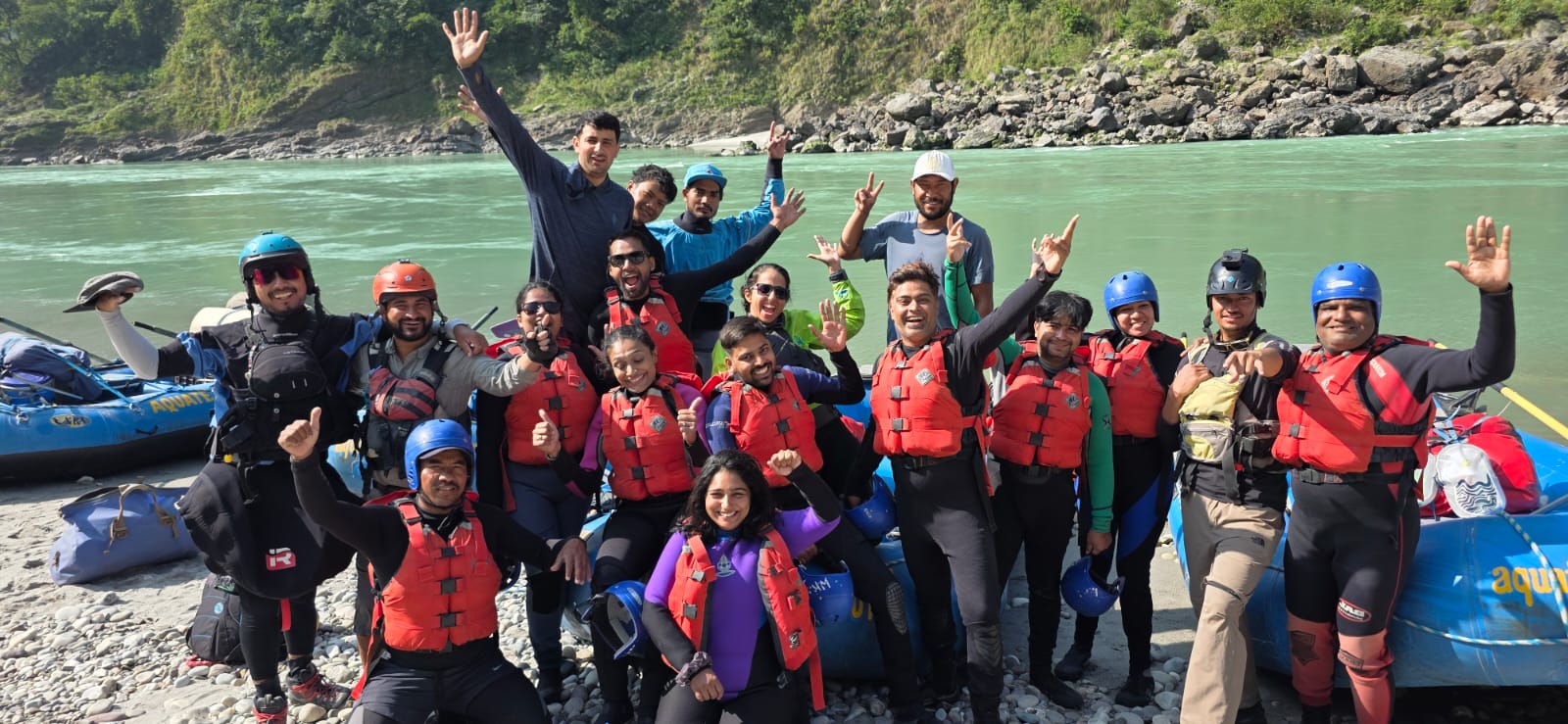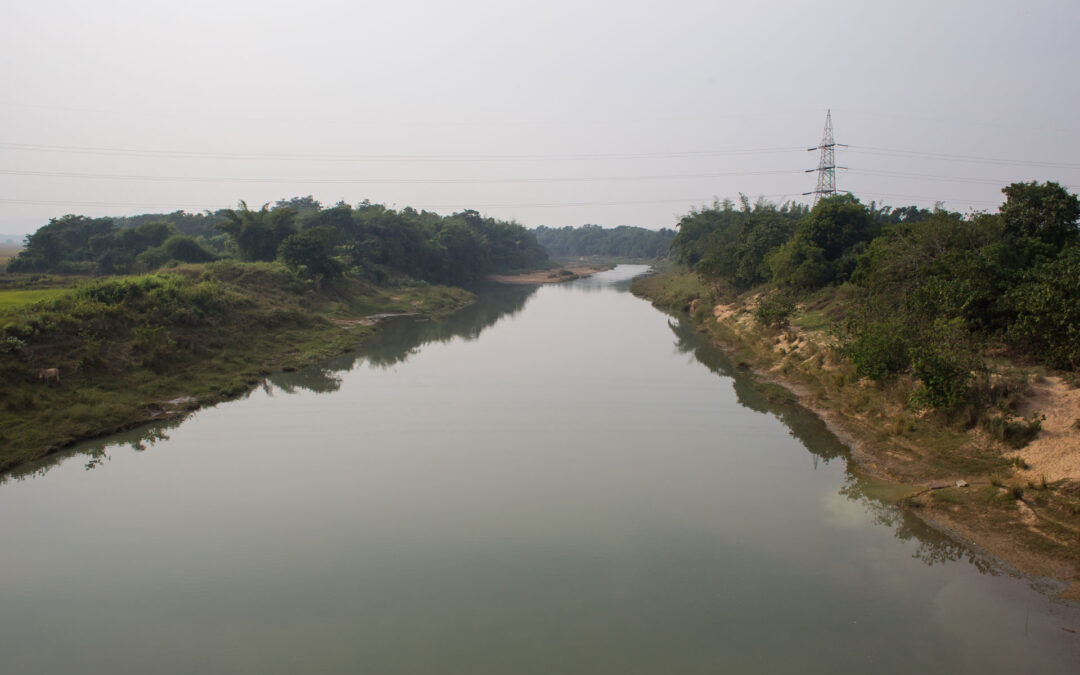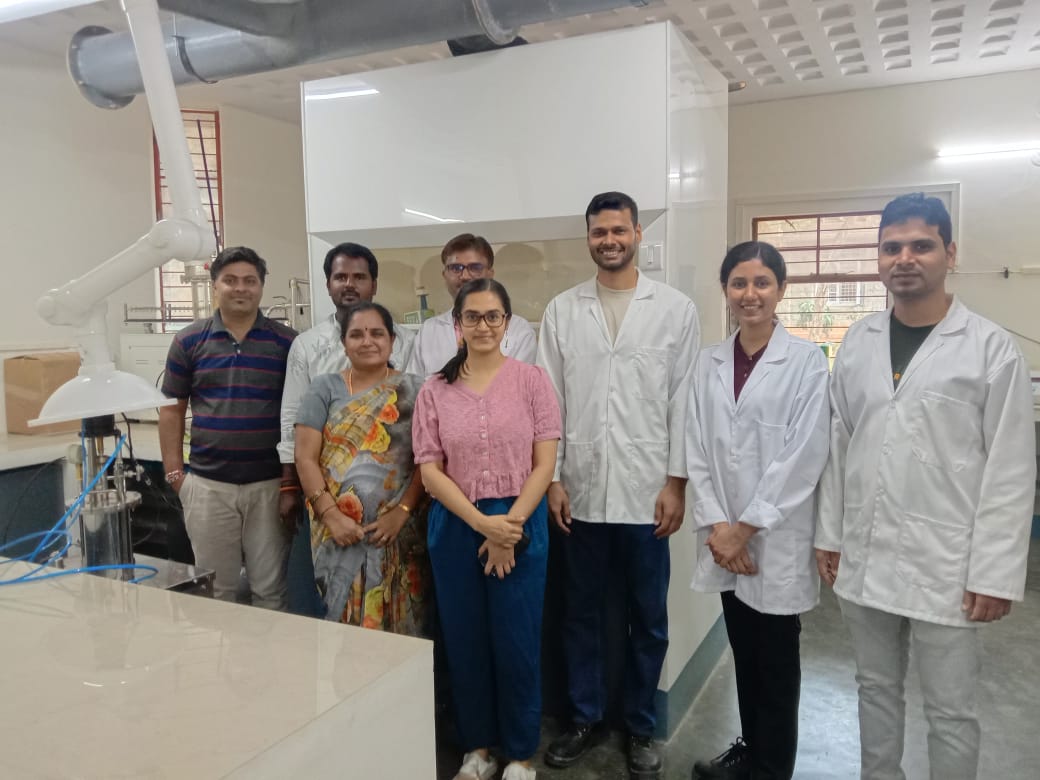The first cases of endemic skeletal fluorosis, including its neurological manifestations, were documented in 1937 in Podili, Darsi, and Kanigiri areas of Prakasam district. Studies by Pandit and colleagues in 1940 revealed that fluoride levels in the affected water rarely exceeded 6 ppm. Despite World Health Organization guidelines, severe skeletal fluorosis occurred in these areas, attributed to factors such as tropical weather forcing increased water consumption, higher fluoride intake among farm laborers, and poor nutrition exacerbating fluoride toxicity. Studies in China and India confirmed the role of nutrition in fluorosis. Calcium deficiency, low magnesium, and inadequate vitamin C were identified as contributing factors, emphasizing the need for a holistic approach to combat fluorosis.



